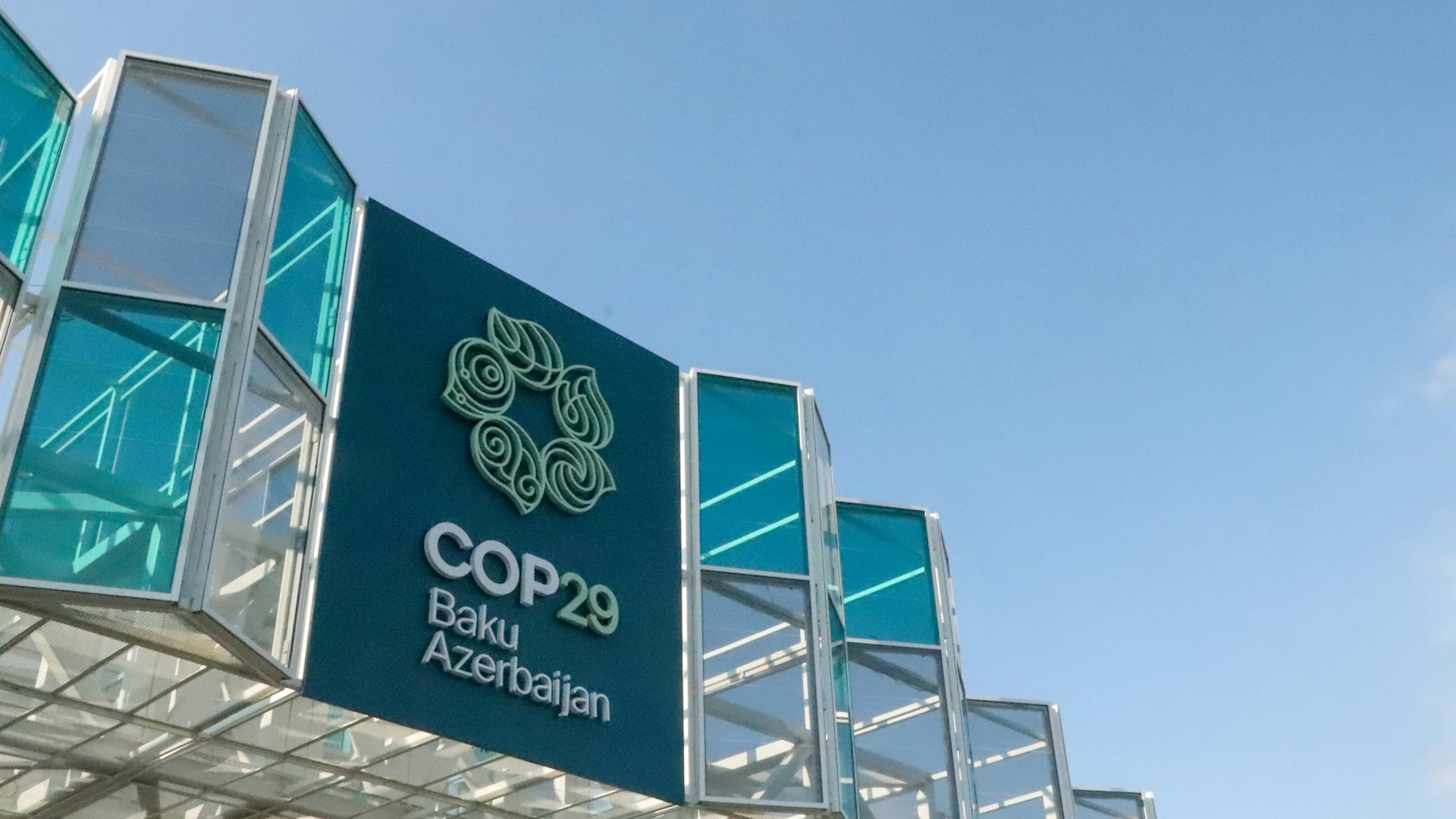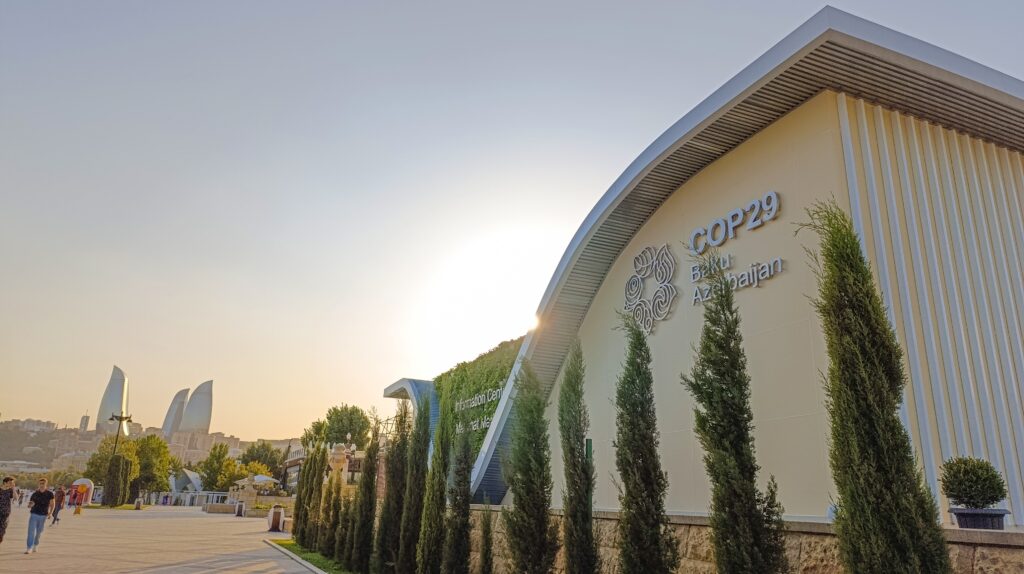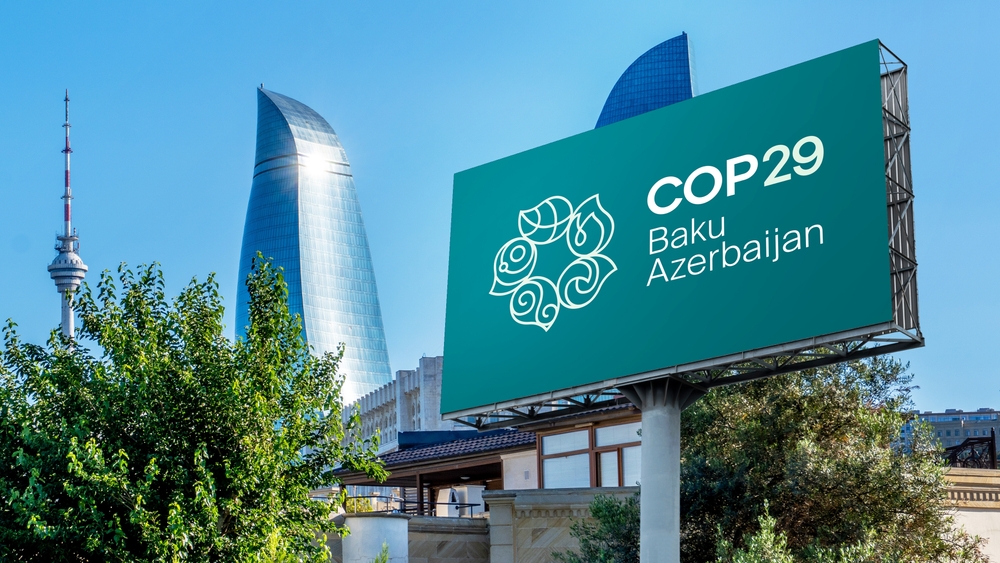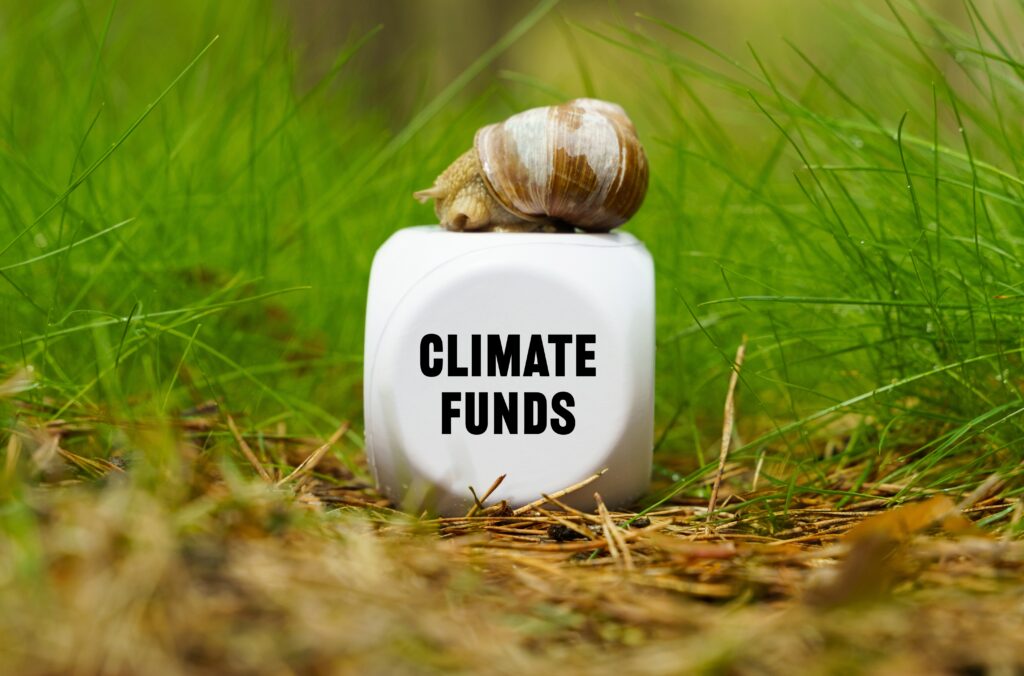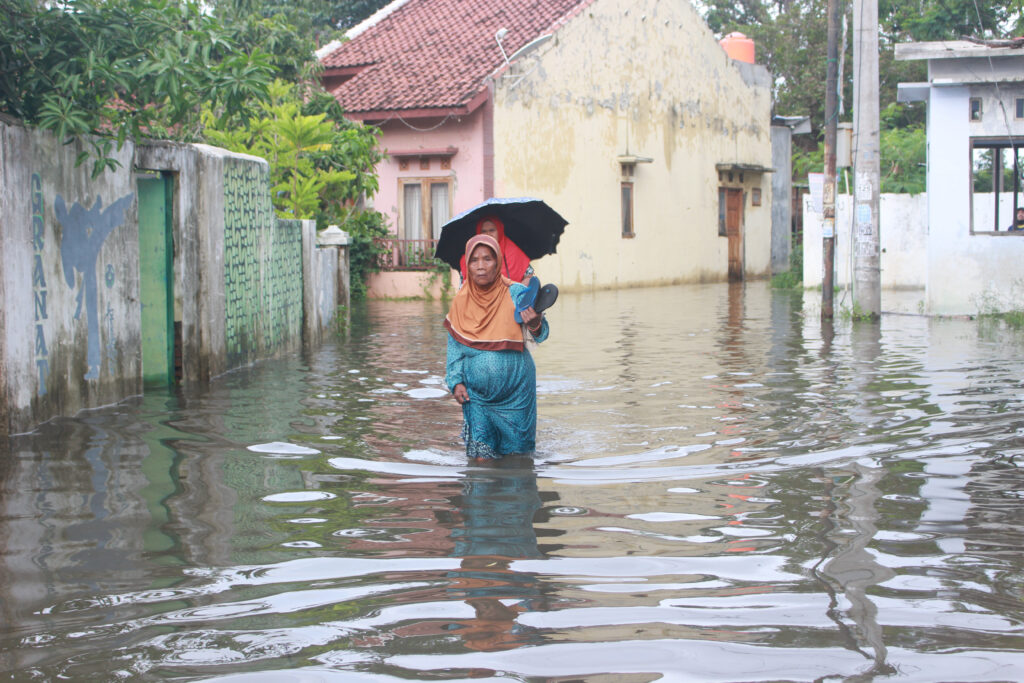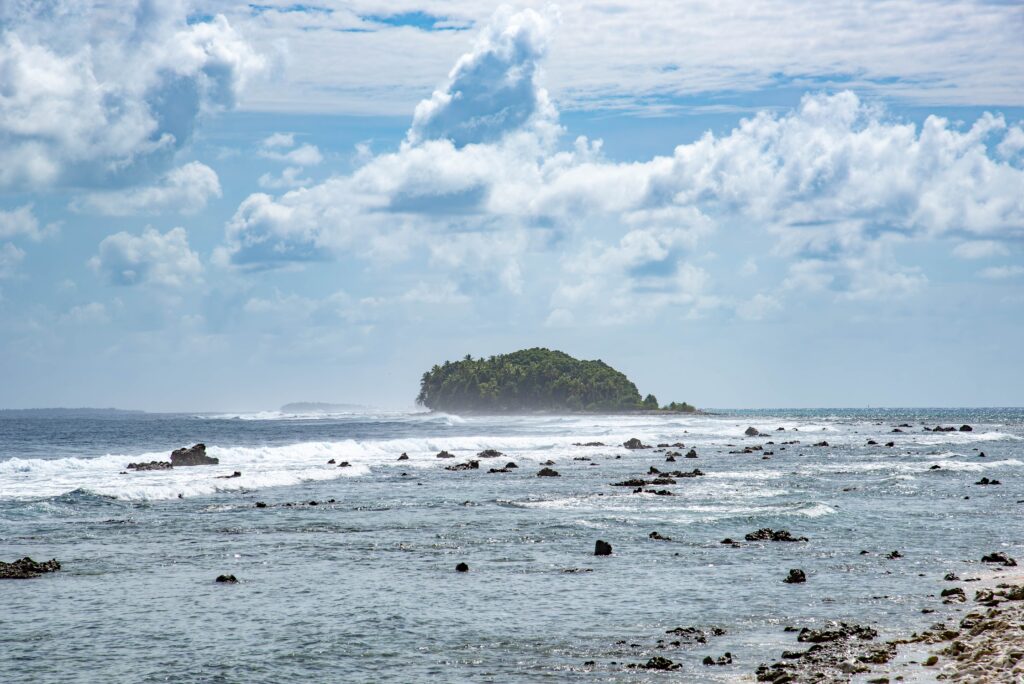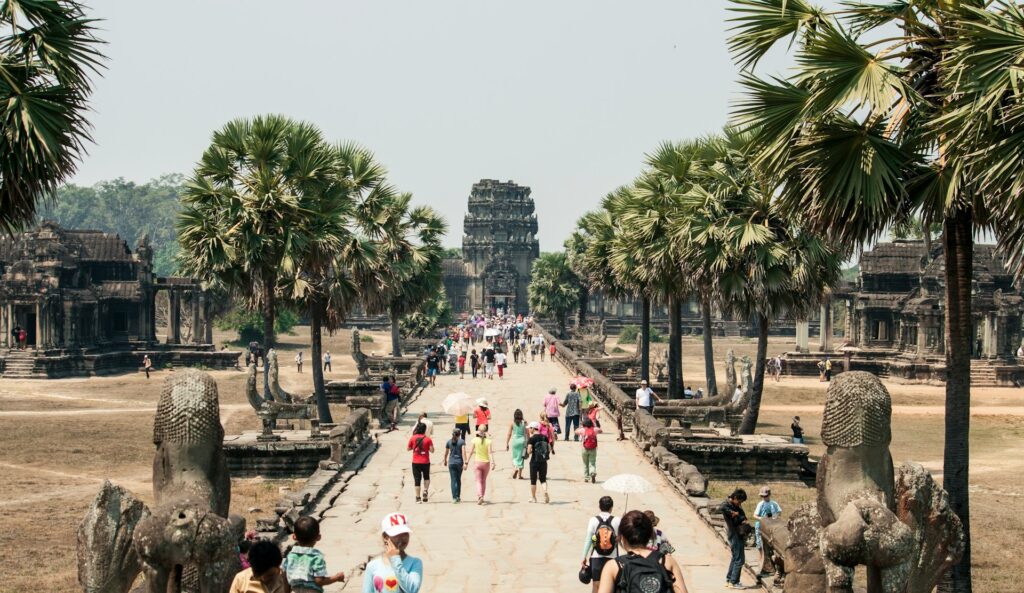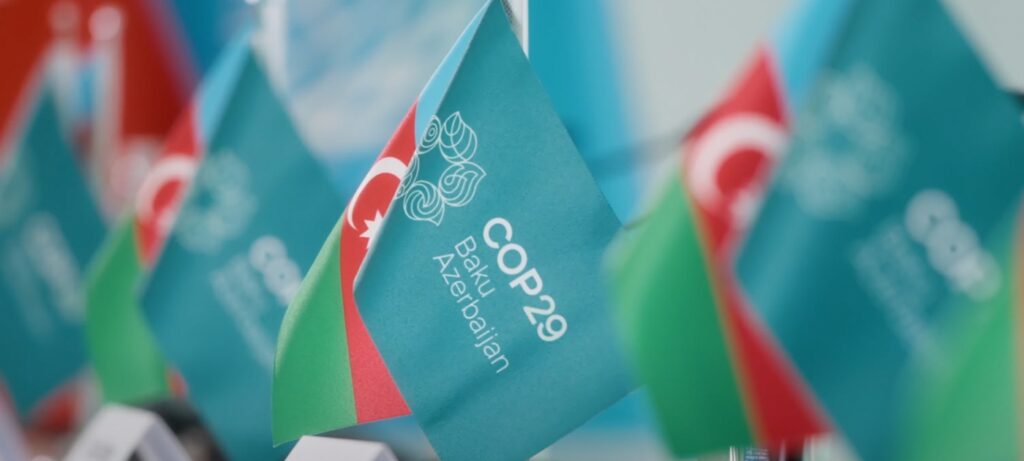“Scientists, activists, and young people are demanding change – they must be heard, not silenced,” said the UN Secretary-General António Guterres from the stage of 2024 United Nations Climate Change Conference, COP29 Azerbaijan, in his opening speech.
Azerbaijan, the Host of the COP29 2024 Climate Change Conference
Ironically, various human rights organisations identify the conference’s host, Azerbaijan, as a picture-perfect example of acting the opposite. Amnesty International says that the country lacks freedom of expression, with authorities having a history of arrests and politically motivated prosecutions of activists, opposition leaders, and academics. Human Rights Watch said that in 2023, there were at least 25 arrests or sentences of journalists and activists, including detained critics of the country’s oil and gas policies. According to estimates, today, the number of political prisoners, including journalists, environmental activists and political opponents, exceeds 300 – the highest since the early 2000s.
During the Bonn talks earlier this year, the COP29 host became the subject of strong criticism for its treatment of political prisoners and its war with Armenia, over which it is facing allegations of genocide.
Yet, the COP29 2024 climate conference’s hosts promised to work for an inclusive and transparent dialogue, even labelling the conference the COP of “peace”. In an open letter from September, the COP29 President described the summit as “a unique chance to bridge divides and find paths towards lasting peace”, noting that the devastation of ecosystems and pollution caused by conflicts worsened climate change and undermined efforts to safeguard the planet.
COP29: Peace, Relief and Recovery Day
COP29 Baku became the second climate conference with a dedicated Relief, Recovery and Peace Day. In 2023, the COP28 Declaration on Climate, Relief, Recovery and Peace was launched, acknowledging the need for stronger collective action to build climate resilience while focusing on conflict-torn countries and communities. However, it didn’t focus on the relationship between conflicts and the climate crisis. The COP29 Presidency aimed to build on the declaration by acknowledging that climate and peace were profoundly interconnected, and climate events and conflicts could “cause human insecurity and forced migration”, mainly affecting the vulnerable groups in developing and lower-income countries.
Russia-Ukraine War Emissions
This relationship is evident on multiple levels. For example, the first two years of Russia’s war in Ukraine produced 175 million tonnes of CO2, equivalent to the annual emissions of the whole of the Netherlands. As a result, experts say that Russia should now pay reparations not only for the casualties and damages but also up to USD 32 billion in compensation for climate damage.
Migrants
Military conflicts also increase the number of migrants. According to the UN Refugee Agency, there were 16.9 million refugees, internally displaced persons and stateless people in the Asia Pacific as of the end of 2023. In Southeast Asia alone, over 400,000 refugees and asylum seekers face significant humanitarian challenges.
Climate Migration
These figures throw fuel onto an existing problem – climate migration. In 2022, there were 32.6 million internal displacements due to weather disasters globally – more than the 28.3 million displaced by conflict and violence that same year. The Risk Index for Climate Displacements identifies the Asia Pacific as the region most affected by weather-related disaster displacement worldwide, accounting for 78% of the global total between 2010 and 2021. According to the IPCC, it faces the largest migration worldwide. However, Southeast Asia, which is among the most vulnerable regions to climate change and boasts high population density, will likely have the most people displaced by climate change in the future.
The displaced communities often lack access to basic sanitation, food, water and energy supplies and have to live in places that aren’t equipped to withstand climate change-related disasters. As a result, they are more likely to suffer from extreme weather impacts.
Military Emissions
Last but not least is the problem of the military emissions gap. According to the Conflict and Environment Observatory, very few current NDCs address the military. In fact, countries such as Australia have explicitly exempted it from commitments. Among the nations that have acknowledged the CO2 footprint of their militaries and have published climate mitigation policies are Canada, France, Germany, Japan, Spain, the UAE, the US, New Zealand and the UK.
Military emissions aside, war activities also cause significant environmental and societal consequences, such as food insecurity, water scarcity and contamination by remnants of war. All of these were specifically addressed in dedicated reports prior to COP29.
COP29 Azerbaijan Struggling to Deliver on Critical Issues
In the lead-up to COP29, Azerbaijan worked to establish its image as a host willing to prioritise peace and climate. One focus area was preempting potential conflicts from food and water shortages stemming from climate change.
The host held a high-level event for the COP29 Climate and Peace Initiative to deliver a joint call on the urgency of climate action for peace. During the COP29 Peace, Relief and Recovery Day, the Presidency, alongside countries such as Egypt, Germany, Italy, the UAE, the UK and Uganda, launched the Baku Call on Climate Action for Peace, Relief and Recovery. The milestone aims to address the nexus of climate change, conflict, and humanitarian needs. According to the parties, it is “a response to the growing recognition that climate change’s adverse effects – such as water scarcity, food insecurity, land degradation, displacement, and livelihood disruptions – can act as catalysts for conflict and instability”. The main goal is to develop a strategy for the prevention of climate-induced conflicts and support for climate and conflict-vulnerable nations with high humanitarian needs.
Inspired by the Olympic Truce, the COP29 Presidency also initiated the COP Truce Appeal, advocating for pausing global conflicts during the duration of the climate conference. According to the host, 132 countries have joined the Appeal, which was also backed by over 1,000 international institutions.
A Weak Call For Peace
COP29 is taking place while major humanitarian crises and conflicts unfold worldwide. The extreme weather that ravaged the world in 2024 further exacerbated their impact.
While the COP29 Presidency aimed to build on the COP28 Declaration with the Baku Call on Climate Action for Peace, Relief and Recovery, various factors undermined the chances of actual progress.
First, according to the Conflict and Environment Observatory, the call failed to stress that a declaration of peace must require action and accountability from military actors to prevent climate and environmental damage. It also doesn’t address the climate and environmental impacts of war.
Next, regardless of the importance of global cooperation in addressing ongoing crises at COP29, there was a long list of high-profile leaders who were absent. According to reports, the leaders who cancelled participation included US President Joe Biden, German Chancellor Olaf Scholz, French President Emmanuel Macron, Canadian Prime Minister Justin Trudeau, Indian Prime Minister Narendra Modi, Chinese President Xi Jinping, Russian President Vladimir Putin, Ukraine President Volodymyr Zelenskyy, Saudi Arabian Prime Minister Mohammed Bin Salman and European Commission chief Ursula von der Leyen.
Furthermore, Azerbaijan’s reported genocide accusations against Armenia during the Nagorno-Karabakh conflict and the rejection of the peace treaty proposed by the Armenian prime minister after conceding to Azerbaijan’s key demands prompted some experts to say that the COP29 host used the conference to “peacewash” its image.
Failing to Scale-up Financing For Climate Disaster Relief and Recovery
According to estimates, the 23 wealthiest countries spend 30 times less on climate action than on their militaries. The US alone has allocated 1,000 times more in military aid to Israel over the past year than it promised to the COP28 loss and damage fund.
Measures such as rerouting financing from spending on military activities to funding mechanisms for climate action, such as the new collective quantified goal (NCQG), have been repeatedly suggested over the years by civil society groups and environmental NGOs. In fact, during the June 2024 talks on the goal in Bonn in Germany, Saudi Arabia, the world’s fourth-largest military spender, proposed a 5% sales tax on developed countries’ arms companies and others.
Rerouted finances must cover the estimated financial needs of low-income countries for dealing with the climate crisis. According to NGOs, they start at USD 1 trillion annually. However, a special report presented at COP29 finds that the global projected investment needs for climate action and to deliver the Paris Agreement are between USD 6.3 trillion and USD 6.7 trillion per year by 2030, of which USD 1.3-1.4 trillion is in China and USD 2.3–2.5 trillion is in emerging and developing countries. By 2035, the figure could jump to USD 8.1 trillion.
The NCQG, which will launch in 2025, can channel the needed funds. Aside from scaling up financing, the mechanism can also help address existing loopholes and problems in climate financing, such as channelling capital where it is needed and to those who need it the most. According to an analysis by the Conflict and Environment Observatory, climate finance typically flows to stable countries, meaning it is less likely to reach communities in conflict-torn regions despite them needing it the most. In 2022 alone, the 10 most fragile states received less than 1% of climate adaptation financing. Over half of it came as loans, burdening their fragile state budgets with debt.
Yet, during the COP29 peace day, focus on such potential sources of financing was mostly lacking.
Acknowledging Military-related Climate Impacts and Scaling Up Climate Financing Crucial
There is still time for COP29 to advance on the peace, relief and recovery nexus, including in the conference’s final text. According to a report by the working group on Peace@COP within the Community of Practice on Environment, Climate, Conflict and Peace, several areas deserve primary focus.
One is making all new and existing climate programs and mechanisms conflict-sensitive. An important step could be addressing the intersection of climate change and conflict and their impact on vulnerable communities in the NDCs due in 2025.
It is also crucial to ensure a more significant and equitable proportion of high-quality climate financing, such as grants for adaptation, mitigation, loss and damage, which go to those needing them the most, including communities in conflict-torn and vulnerable regions.
Committing to transparent military GHG emissions reporting under the UNFCCC framework, including the climate impact of conflicts, is another crucial measure, according to the group. Equally important is setting clear military emissions reduction targets aligned with a 1.5°C scenario.
Last but not least, parties should prioritise investment in conflict prevention and peace-building over increasing military spending.
During the closing of COP28, Michelle Benzing, representing the Women and Gender Constituency, asked a simple question: why is there always money for war and never for climate action? For two years in a row, it has remained unanswered. However, if parties are honest in their efforts to promote peace and save lives, there is still time to provide an answer, starting with the COP29 final text.
Viktor Tachev
Writer, Bulgaria
Viktor is a writer that specialises in green finance and ESG investment practices. He holds a Master's degree in financial markets and has over a decade of experience working with companies in the finance industry, along with international organisations and NGOs. Viktor is a regular contributor to several publications and comments on the likes of sustainability and renewable energy.
Viktor is a writer that specialises in green finance and ESG investment practices. He holds a Master's degree in financial markets and has over a decade of experience working with companies in the finance industry, along with international organisations and NGOs. Viktor is a regular contributor to several publications and comments on the likes of sustainability and renewable energy.

